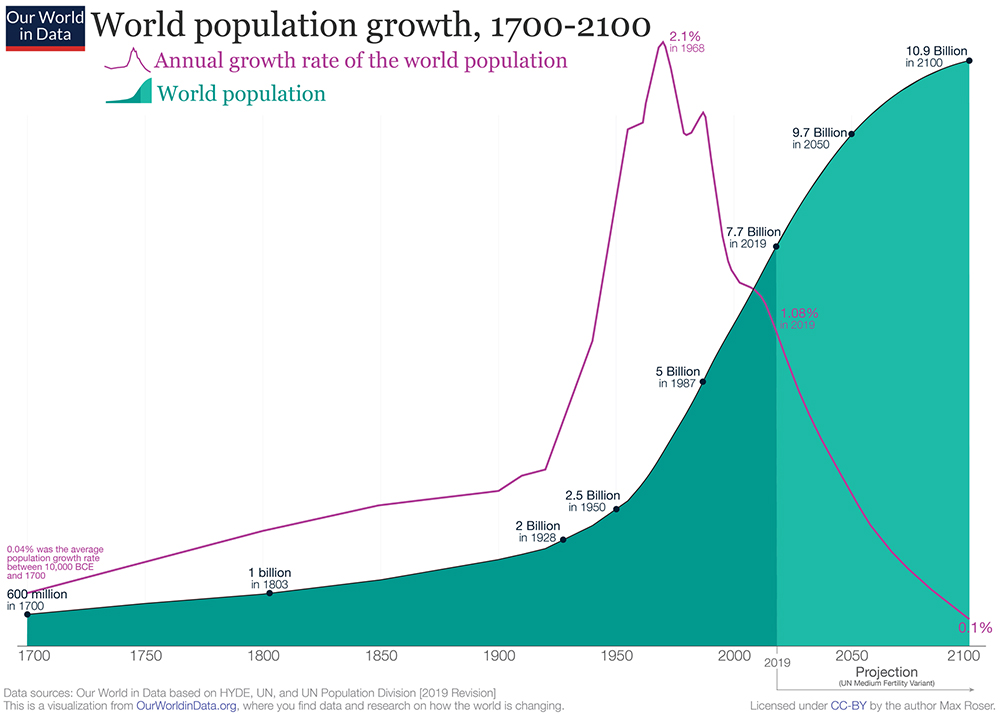Phil Lawler
Lifesite
Sep 8, 2022 – Right now the world’s population is at an all-time high, allowing the mythmakers to continue peddling fear about overpopulation. But the ominous trend is easy to spot, for anyone willing to see the signs of the times.
Sometimes the most important news stories slip past the notice of the mainstream media. Such as this utterly unprecedented development:
For the first time in world history, there are now more living human beings above the age of 65 than below the age of 5.
Think about that: There are more senior citizens than little children in the world. The cohort of grandparents outnumbers the cohort of grandchildren.
This demographic shift is most dramatic in the developed countries, where fertility rates have been slipping steadily for years, while medical advances enable the elderly to live longer. In most European countries, birth rates are well below the replacement level. In the U.S., the overall population would be falling, were it not for the enormous flow of immigrants.
The trend is not likely to reverse itself any time soon. In the U.S., the average age at which women marry has jumped from 25 to 28 since 2000. Which means that the average bride can hear her biological clock ticking almost as soon as she walks down the aisle. And if she and her husband make the popular decision to “postpone pregnancy” for a while as they settle into married life, her fertility will soon be in decline.
In the world’s two most populous countries, China and India, there is another reason to expect a birth dearth. After decades of aggressive family-planning measures, which discouraged the birth of female babies (and encouraged sex-selection abortion), these countries have a disproportionate number of young men – who, according to the natural order of things, will not have babies.
So the doomsday prophets who warned against the dire consequences of overpopulation were wrong. Paul Ehrlich, the celebrated author of “The Population Bomb,” who predicted worldwide famines in the 1970s “in spite of any crash programs embarked upon now,” was wrong. Even Pope Paul VI, insofar as he incorporated worries about overpopulation into Humanae Vitae, was wrong. The problem that the world must soon face is underpopulation.
(And my late friend, Julian Simon, who made a devastating critique of Ehrlich’s work in his book “The Ultimate Resource,” was right: The most important factor contributing to economic progress, and therefore to the fight against poverty, is human creativity, which tends naturally to increase when there are more humans around to be creative.)
The world’s overall population has risen throughout recorded history, but not at a consistent pace. Wars, famines, and diseases have caused temporary declines. But today’s demographic decline is different, because when the elderly outnumber the young, there is no way to avoid a massive contraction.
Even if today’s schoolchildren have large families – which they are already being told they should not do, by a generation of teachers steeped in “overpopulation” propaganda – they are unlikely to produce enough children to offset the inevitable loss of the dying Baby Boomers.
Meanwhile, those young people will be carrying the heavy burden of care for their aging relatives. And that burden – not to mention the staggering debt that countries like the U.S. have passed along to the rising generation – will handicap their ability to produce new goods and services.
So the demographic contraction will be accompanied by an economic contraction – which may cause many young parents of the next generation to decide they cannot afford more children – which would add still further to the double-barreled implosion.
Right now the world’s population is at an all-time high, allowing the mythmakers to continue peddling fear about overpopulation. But the ominous trend is easy to spot, for anyone willing to see the signs of the times.



